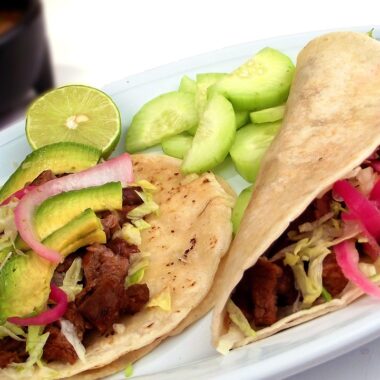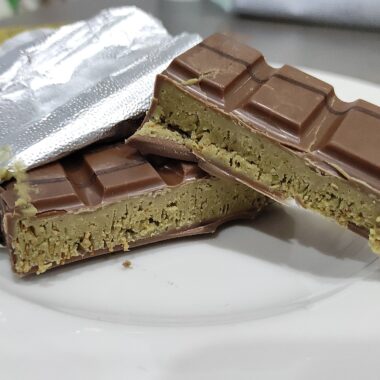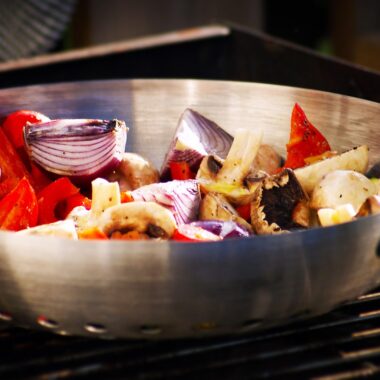Mexican cuisine is one of the most beloved and celebrated culinary traditions in the world. Known for its bold flavors, vibrant colors, and deep-rooted cultural history, Mexican food is more than just tacos and burritos—it is a rich, complex tapestry of indigenous ingredients, Spanish influences, and regional specialties that tell the story of Mexico’s diverse landscape and traditions.
In this ultimate guide to authentic Mexican cuisine, we will explore the origins of this flavorful culinary tradition, the key ingredients that define it, the most iconic dishes, and the essential techniques used in Mexican cooking. Whether you’re a home cook looking to recreate authentic Mexican flavors or a food lover interested in the history behind this remarkable cuisine, this guide will provide you with everything you need to know.
The History and Origins of Mexican Cuisine
Mexican cuisine is deeply influenced by its indigenous roots, primarily those of the Aztec, Maya, and other Mesoamerican civilizations. Corn, beans, and chili peppers formed the foundation of their diet long before Spanish colonization in the 16th century.
Pre-Hispanic Influence
Before the Spanish arrived, native Mexicans consumed foods such as:
- Maíz (Corn): The backbone of Mexican cuisine, used to make tortillas, tamales, and atole.
- Frijoles (Beans): A primary protein source.
- Chiles (Chili Peppers): Used to flavor food and provide medicinal benefits.
- Tomatoes, Squash, and Avocados: Staples in many traditional dishes.
- Chocolate (Cacao): A sacred drink among the Maya and Aztecs.
Spanish Influence
When the Spanish arrived in the early 1500s, they introduced new ingredients and cooking techniques, such as:
- Meats: Beef, pork, chicken, and dairy products.
- Rice and Wheat: Introduced new forms of bread, like bolillo and pan dulce.
- Herbs and Spices: Cilantro, garlic, onions, and oregano became widely used.
This fusion of indigenous and Spanish ingredients gave birth to many of the dishes we recognize as traditional Mexican food today.
Essential Ingredients in Authentic Mexican Cuisine
To truly understand and appreciate Mexican cuisine, it is essential to recognize its core ingredients. These staples define its unique flavors:
1. Corn (Maíz)
Corn is the heart of Mexican cooking. It is used to make tortillas, tamales, sopes, and more. The process of nixtamalization (soaking corn in lime water) enhances its nutritional value and flavor.
2. Chiles (Chili Peppers)
Mexico is home to a vast variety of chiles, each with distinct flavors and heat levels:
- Jalapeño: Mild to medium heat, great for salsas.
- Serrano: Spicier than jalapeños, used in pico de gallo.
- Chipotle: Smoked and dried jalapeños, giving a deep smoky flavor.
- Guajillo: Mild, slightly sweet, commonly used in moles.
- Habanero: One of the spiciest chiles in Mexican cuisine.
3. Beans (Frijoles)
Black, pinto, and red beans are common in soups, stews, and refried dishes.
4. Tomatoes and Tomatillos
Tomatoes are essential for salsas and stews, while tomatillos add tanginess to green sauces.
5. Herbs and Spices
Mexican cuisine relies on fresh and dried herbs:
- Cilantro: Essential for salsas and tacos.
- Epazote: Used in black beans and quesadillas for its earthy flavor.
- Oregano and Cumin: Add depth to stews and moles.
6. Cheese (Queso)
Traditional Mexican cheeses include queso fresco, Oaxaca cheese, and cotija, each with distinct textures and flavors.
7. Chocolate and Vanilla
Mexico is the birthplace of chocolate and vanilla, used in drinks like champurrado and dishes like mole poblano.
Regional Mexican Dishes
Mexico is a vast country, and each region has its own unique dishes and flavors. Here are some of the most famous:
Northern Mexico
- Carne Asada: Grilled beef, typically served with flour tortillas.
- Machaca: Dried, shredded beef, often used in burritos.
- Cabrito: Roasted baby goat, a delicacy in Monterrey.
Central Mexico
- Tacos al Pastor: Marinated pork cooked on a vertical spit, influenced by Lebanese immigrants.
- Chiles en Nogada: Poblano peppers stuffed with picadillo, topped with walnut sauce, representing Mexico’s flag colors.
- Barbacoa: Slow-cooked, tender lamb or beef, typically served in tacos.
Oaxaca
- Mole Negro: One of the seven famous moles from Oaxaca, made with chocolate and chiles.
- Tlayudas: Large, crispy tortillas topped with beans, cheese, and meat.
Yucatán
- Cochinita Pibil: Slow-roasted pork marinated in achiote and citrus, cooked in banana leaves.
- Sopa de Lima: A tangy lime soup with shredded chicken.
Baja California
- Baja Fish Tacos: Crispy battered fish, topped with slaw and creamy sauce.
- Lobster Puerto Nuevo: A specialty from Rosarito, grilled lobster served with rice and beans.
Essential Mexican Cooking Techniques
To master authentic Mexican cuisine, it’s important to understand the fundamental cooking methods:
1. Nixtamalization
A process where corn is soaked in lime water, making it easier to grind into masa for tortillas and tamales.
2. Roasting and Charring
Charring ingredients like tomatoes, onions, and chiles on a comal (flat griddle) adds depth to salsas and sauces.
3. Slow-Cooking (Barbacoa and Birria)
Meats like lamb or goat are slow-cooked in underground pits or clay pots for deep flavors.
4. Frying (Fritura)
From crispy tortilla chips to churros, frying is essential in many Mexican dishes.
5. Steaming (Tamales and Tamal Cooking)
Tamales are wrapped in corn husks or banana leaves and steamed to perfection.
Traditional Mexican Drinks
No guide to Mexican cuisine would be complete without mentioning its traditional beverages:
- Aguas Frescas: Refreshing fruit drinks made with water, sugar, and fruits like hibiscus (jamaica) and tamarind.
- Horchata: A creamy rice-based drink flavored with cinnamon.
- Mexican Hot Chocolate: Made with real cacao and frothed with a wooden molinillo.
- Tequila and Mezcal: Traditional Mexican spirits made from agave plants.
Bringing Authentic Mexican Cuisine to Your Kitchen
If you’re ready to bring the flavors of Mexico into your home, start by sourcing high-quality ingredients. Look for:
- Fresh masa for tortillas.
- Dried chiles like guajillo and ancho.
- Mexican cheeses and crema.
- Authentic Mexican spices.
Simple Recipes to Try
- Homemade Corn Tortillas – Fresh and flavorful with just three ingredients: masa harina, water, and salt.
- Classic Guacamole – Mashed avocados with lime, cilantro, onions, and tomatoes.
- Salsa Roja – A spicy red salsa made with roasted tomatoes and chiles.
Conclusion
Authentic Mexican cuisine is a reflection of Mexico’s rich history, diverse regions, and deep cultural traditions. From the smoky complexity of mole to the simplicity of a street taco, every dish tells a story. By learning about its ingredients, techniques, and flavors, you can appreciate the true essence of Mexican cooking and even bring it into your own home.
So next time you crave Mexican food, go beyond the usual Tex-Mex and explore the real, authentic flavors of Mexico. Your taste buds will thank you!



















Cacao is NOT a sacred drink in traditional Mexican culture, nor is it drank ceremonially. That’s something white people made up. Ask any Maya elder and they will tell you the same thing.
I’m keeping this comment so others will know and do more research. Thank you for this.